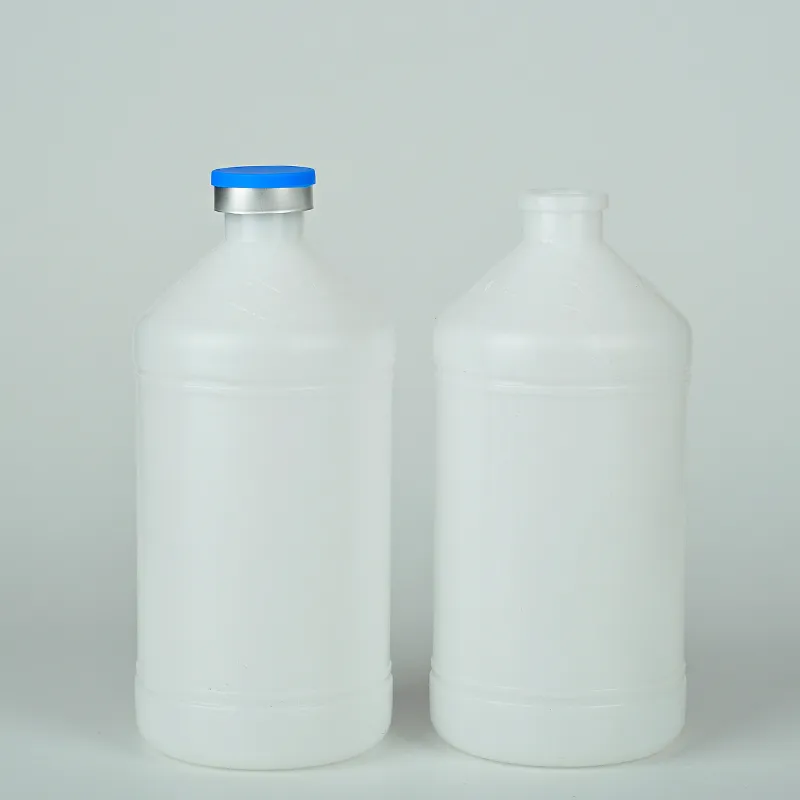Reagent Bottles for Chemistry Labs - Essential Lab Equipment
The reagent bottle, a ubiquitous presence in chemistry laboratories, serves as essential storage for various chemicals used in experiments and research. Typically made of glass or high-density polyethylene (HDPE), these bottles are designed to safely contain reagents ranging from benign solvents to highly reactive compounds. The choice of material is crucial; glass is inert and does not react with most chemicals, while HDPE provides durability and resistance to impact.
One of the defining features of reagent bottles is their labeling system. Clear and precise labels are indispensable for ensuring safe handling and organization. Each bottle should clearly indicate its contents, including the chemical name, concentration, and any relevant hazard information, such as flammability or toxicity. This labeling not only helps prevent accidents but also facilitates compliance with safety regulations.
In addition to labeling, proper sealing is another critical aspect of reagent bottles. Most bottles come equipped with a secure screw cap or a flip-top lid to prevent contamination and evaporation of volatile substances. This is particularly important for reagents that are hygroscopic, or moisture-absorbing, as exposure to air can lead to degradation or undesired reactions. Laboratories must adopt standard operating procedures for opening and closing bottles to maintain the integrity of their contents.
Reagent bottles vary in size, typically ranging from a few milliliters to several liters, accommodating the specific needs of various experiments. Larger bottles are often used for bulk storage of commonly used chemicals, while smaller ones are preferable for rare or hazardous substances that require careful handling. When a reagent is depleted, it’s standard practice to dispose of the container according to local regulations, particularly if it held toxic or hazardous materials.
reagent bottle used in chemistry lab

The accessibility of reagent bottles also plays a significant role in laboratory efficiency
. Organizing these bottles in a manner that promotes easy retrieval while ensuring safety is a skill honed by experienced laboratory personnel. Many labs implement specialized storage solutions, such as racks or cabinets, that allow for quick identification and retrieval of reagents.Moreover, in the era of sustainability, many laboratories are exploring eco-friendly alternatives to traditional reagents and containers. This trend aligns with environmental responsibility and aims to reduce the ecological footprint of scientific research.
In conclusion, reagent bottles are far more than simple containers; they are integral to the safe and effective functioning of chemistry laboratories. With proper labeling, sealing, and organization, they ensure that researchers can work efficiently while minimizing risks associated with chemical handling. As the field of chemistry continues to evolve, the importance of these humble yet vital bottles will undoubtedly remain.
-
Aesthetic Makeup Spray Bottles | Fine Mist Empty RefillableNewsAug.19,2025
-
White Plastic Veterinary Vaccine Vials | Lab Liquid BottlesNewsAug.18,2025
-
Plastic Medicine Liquid Bottle: Secure Flip Top Drug VialsNewsAug.17,2025
-
Durable 250ml Blue Plastic Vaccine Vial for Lab & Vet UseNewsAug.16,2025
-
Sterile Virus Sample Tubes: Secure & Reliable Specimen CollectionNewsAug.15,2025
-
White 250ml Plastic Vaccine Vial for Lab & Vet MedicineNewsAug.14,2025
























